
Are you struggling to maintain the quality of the lighting products you receive from suppliers? Ensuring product quality during procurement can be a challenge, especially when working with international suppliers. But it's crucial for businesses to prioritize quality to remain competitive in the marketplace. Here are four steps you can take to ensure product quality during the procurement process:
1.Implement a thorough supplier selection process: When selecting suppliers, consider factors such as their experience, reputation, and quality control processes. Ask for references and samples of their products to ensure they meet your quality standards.
2.Establish clear quality standards and specifications: Clearly define your quality standards and specifications and communicate them to your suppliers. This can include requirements for product performance, materials, packaging, and labeling.
3.Conduct factory audits and inspections: Regularly visit and inspect your suppliers' factories to ensure they are adhering to your quality standards and specifications. This can include reviewing their production processes, testing their products, and ensuring they have the necessary certifications and permits.
4.Maintain open communication with suppliers: Establish a regular communication schedule with your suppliers to discuss any quality issues or concerns. This can help you quickly identify and address any problems that may arise.
By implementing these steps, you can ensure product quality during procurement and confidently receive high-quality lighting products from your suppliers.
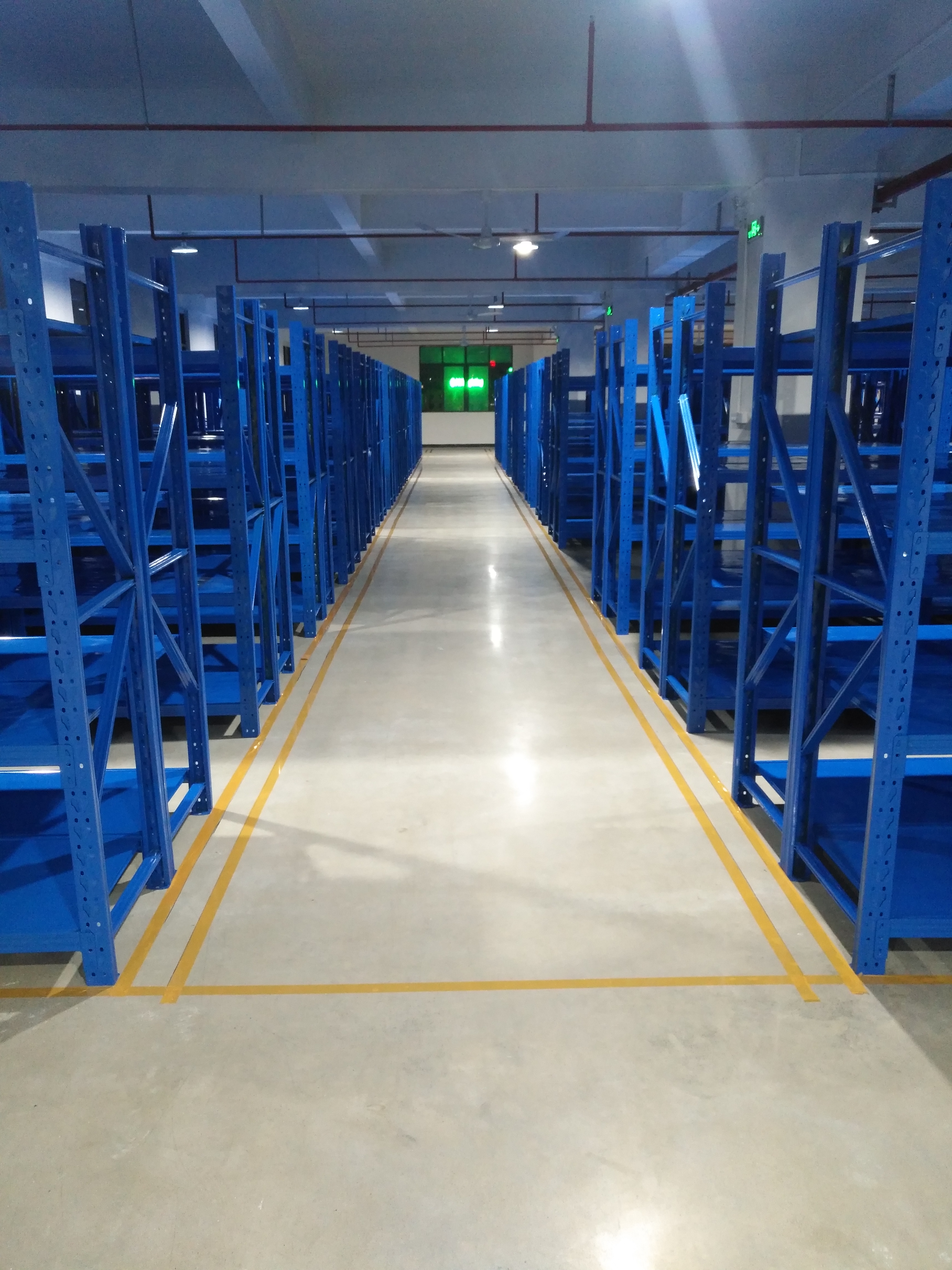
In this article, you will see the following:
1 Implement a thorough supplier selection process
2 Establish clear quality standards and specifications
3 Conduct factory audits and inspections
4 Maintain open communication with suppliers
4.1 Why is it important to maintain open communication with suppliers?
5 Why choose us?
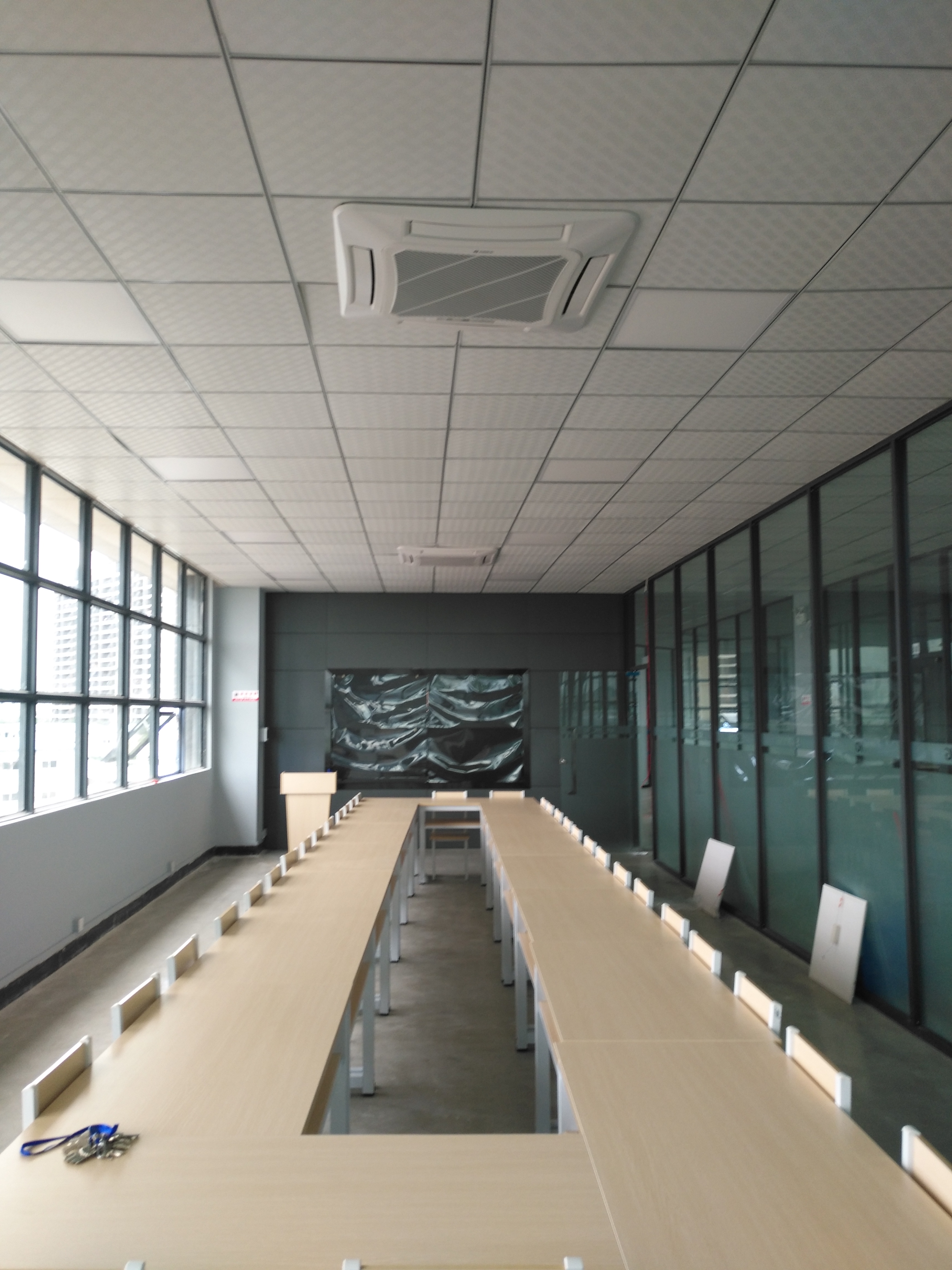
Implement a thorough supplier selection process
1.Research potential suppliers: Use online resources, industry contacts, and trade associations to identify potential suppliers. Consider factors such as their location, experience, size, and product range. Create a list of potential suppliers that meet your initial criteria.
2.Screen potential suppliers: Contact potential suppliers and screen them using a pre-determined set of criteria. This can include factors such as their financial stability, quality control processes, and certifications. Ask them to provide information on their production processes, quality control measures, and product testing procedures.
3.Request references: Ask potential suppliers for references from other businesses they have worked with. Contact these businesses to learn about their experience working with the supplier and the quality of their products. Ask for references from businesses that are similar to your own in terms of industry, size, and scope.
4.Request samples: Request samples of the supplier's products to ensure they meet your quality standards. Test the samples for quality, durability, and performance. Use industry standards and benchmarks to evaluate the samples.
5.Conduct a site visit: Visit the supplier's facilities to see their operations firsthand. Observe their quality control processes, production methods, and working conditions. Ask to see their production and quality control records. Meet with their key personnel, including quality control staff, production managers, and customer service representatives.
6.Review contracts: Review and negotiate contracts with suppliers to ensure they meet your quality requirements. Contracts should include details on product quality, delivery schedules, payment terms, and dispute resolution processes. Review the contract with your legal team and negotiate terms that protect your interests and ensure product quality.
7.Conduct ongoing quality monitoring: After selecting a supplier, conduct ongoing quality monitoring to ensure they continue to meet your quality requirements. This can include regular product testing, site visits, and quality audits.
By following these steps, you can implement a thorough supplier selection process and confidently select suppliers who meet your quality standards.
Establish clear quality standards and specifications
Continuing from the previous step, once you have selected a supplier, it's essential to establish clear quality standards and specifications to ensure that the final product meets your expectations. This step is crucial in the procurement process as it sets the quality criteria for your suppliers to meet.
To establish clear quality standards and specifications, you should:
1.Identify the critical quality parameters of your product. Work with your product development team to identify the critical quality parameters of your product. These parameters could be related to the materials used, product dimensions, weight, packaging, or any other relevant factors that impact the product's quality.
2.Define the acceptable quality limits. Once you have identified the critical quality parameters, define the acceptable quality limits for each parameter. For instance, if you're procuring a chandelier, you might specify the acceptable limits for factors like the number of bulbs, the weight of the chandelier, the length of the chain, etc.
3.ommunicate your quality standards and specifications to your suppliers. Share your quality standards and specifications with your suppliers in a clear and concise manner. Ensure that your suppliers understand your expectations and are capable of meeting them.
4.Conduct regular quality checks during the production process. Conduct regular quality checks during the production process to ensure that the product meets your specifications. You could use third-party inspectors or conduct in-house inspections to verify the product's quality.
By implementing clear quality standards and specifications, you ensure that your suppliers know exactly what you expect from them. This not only helps you to receive a product that meets your requirements but also helps your suppliers to improve their processes and deliver high-quality products in the future.
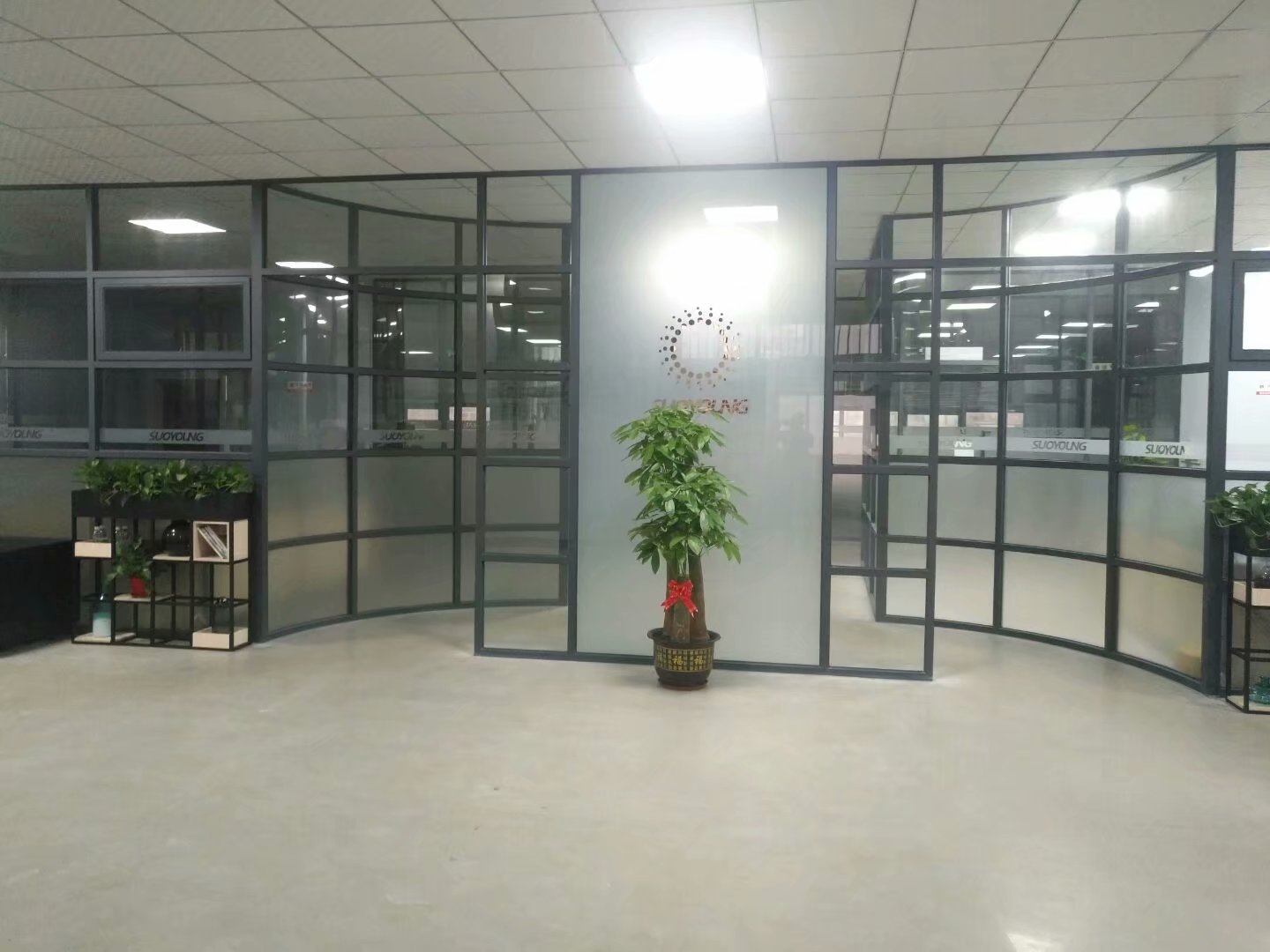
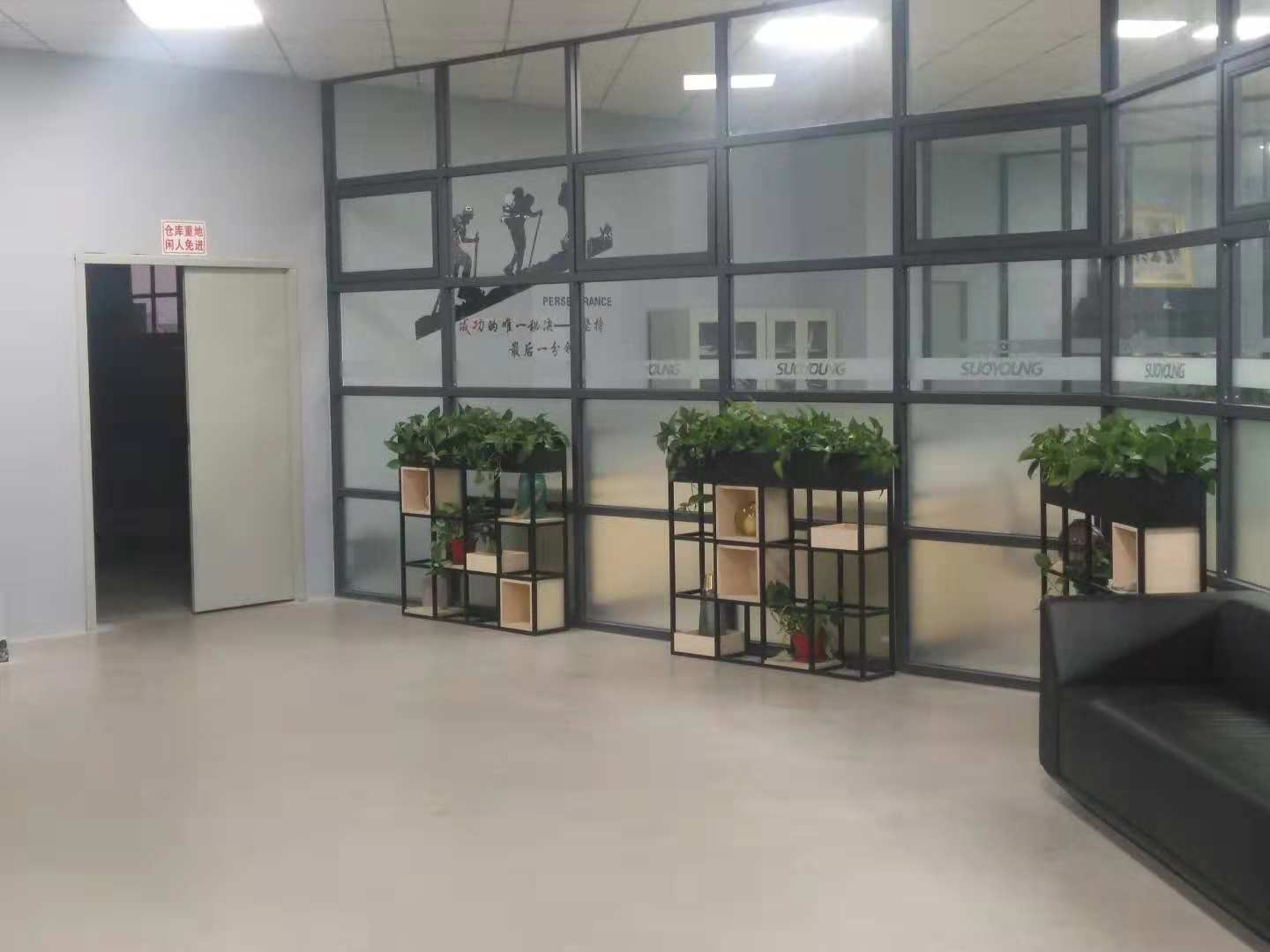
Conduct factory audits and inspections
Continuing from the previous steps, conducting factory audits and inspections is another crucial aspect of ensuring product quality during the procurement process. This step involves verifying that the factory's manufacturing processes and facilities meet the required standards and specifications, and that the final products meet the expected quality.
To conduct a successful factory audit and inspection, follow these steps:
1.Schedule the audit/inspection: Contact the supplier to arrange a date and time for the audit/inspection.
2.Prepare a checklist: Create a checklist of items to be reviewed during the audit/inspection. This can include the established quality standards and specifications, compliance with local laws and regulations, and any other specific areas of concern.
3.Review documentation: Prior to the audit/inspection, review any documentation provided by the supplier, such as manufacturing procedures, testing reports, and quality control records.
4.Tour the facility: During the audit/inspection, tour the facility to observe the manufacturing process and identify any potential quality issues.
5.Inspect the products: Inspect a sample of the products being manufactured to ensure they meet the established quality standards and specifications. This can involve checking the materials used, the level of craftsmanship, and any safety or compliance standards that must be met.
6.Test the products: Test a sample of the products to ensure they meet the established quality standards and specifications. This can involve testing the performance of the products, such as their level of brightness or weight capacity.
7.Review the supplier's quality control procedures: Review the supplier's quality control procedures to ensure they are sufficient to identify and address any potential quality issues.
8.Address any issues: If any issues are identified during the audit/inspection, work with the supplier to address them and establish a plan to prevent similar issues from occurring in the future.
For example, during an audit/inspection of a chandelier supplier, the inspector may inspect a sample of chandeliers to ensure that they meet the established quality standards and specifications. This can involve checking the materials used in the construction of the chandeliers, such as the type of metal or crystal, and testing the level of brightness produced by the bulbs. Additionally, the inspector may review the supplier's quality control procedures to ensure they are sufficient to identify and address any potential quality issues. If any issues are identified, the inspector can work with the supplier to address them and establish a plan to prevent similar issues from occurring in the future.
Maintain open communication with suppliers
Continuing from the previous steps, maintaining open communication with suppliers is critical to ensuring product quality during the procurement process. By establishing clear communication channels, you can keep suppliers informed of your expectations and any changes to the product specifications or quality standards.
To maintain open communication with suppliers, you should:
1.Designate a point of contact: Identify a single point of contact within your company who will be responsible for communicating with suppliers. This will help to avoid confusion and ensure that everyone is on the same page.
2.Use a variety of communication methods: Use a combination of phone calls, emails, and messaging apps to communicate with suppliers. This will help to ensure that you can reach suppliers quickly and efficiently, and that there is a record of all communications.
3.Provide regular updates: Keep suppliers informed of any changes to the product specifications or quality standards, as well as any production or delivery delays. This will help suppliers to plan their production schedules and ensure that they can meet your expectations.
4.Encourage feedback: Encourage suppliers to provide feedback on the procurement process and the quality of the products they are providing. This will help to identify any issues early on and ensure that they are addressed quickly.
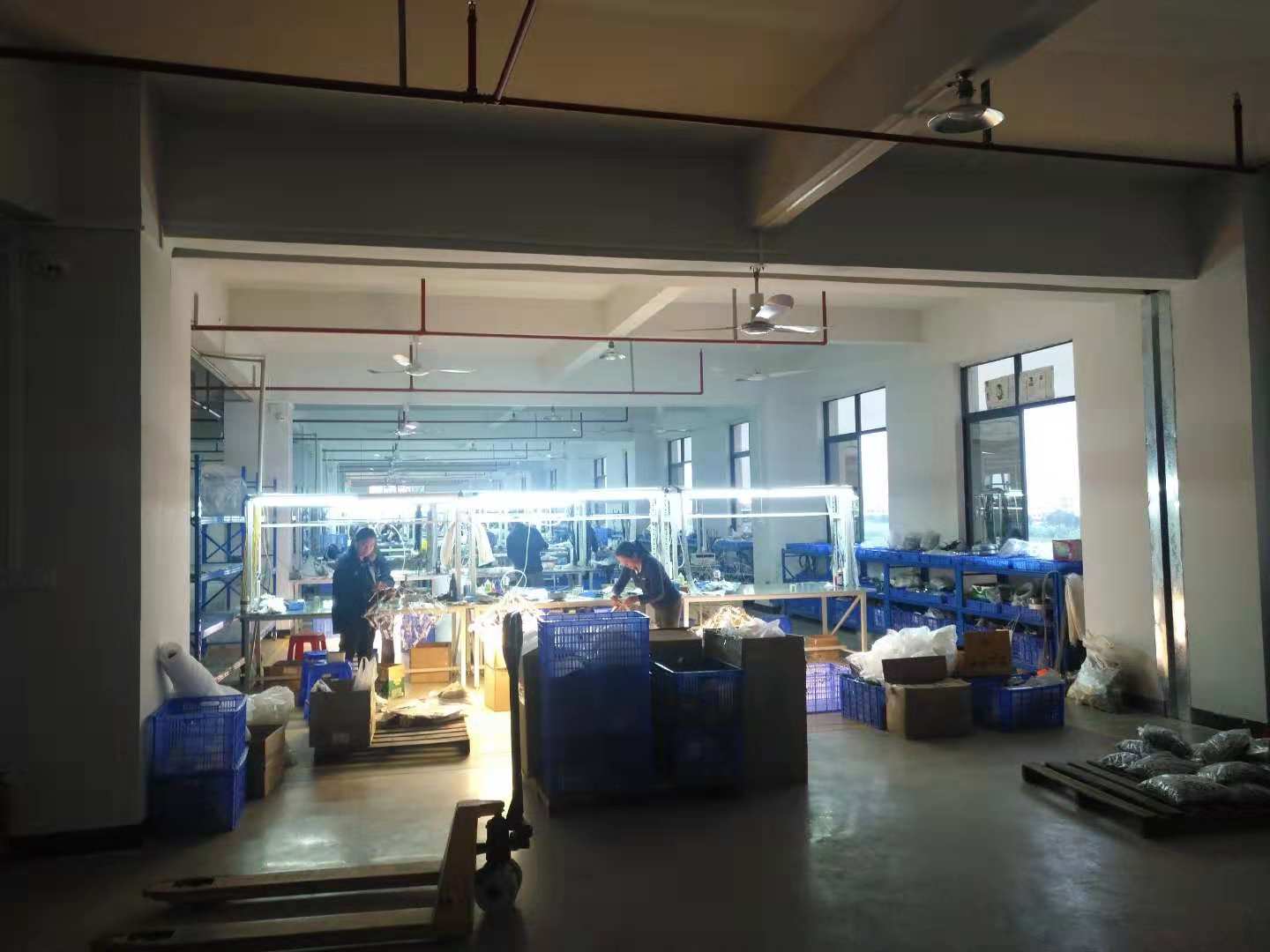
Why is it important to maintain open communication with suppliers?
Effective communication with suppliers can help to build a strong relationship based on trust and transparency. When suppliers understand your expectations and requirements, they are more likely to produce high-quality products that meet your specifications. Additionally, maintaining open communication can help to identify any issues early on and ensure that they are addressed quickly, which can save time and money in the long run.
For example, imagine that you have a supplier who produces custom-made chandeliers for your business. One day, you notice that the chandeliers are arriving with scratches on the metalwork. By maintaining open communication with the supplier, you can quickly identify the issue and work with them to develop a solution. Perhaps the supplier needs to improve their packaging methods or quality control procedures. By working together and maintaining open communication, you can ensure that the issue is resolved quickly and that the quality of the products improves.
Why choose us?
At Suoyoung, we understand the importance of ensuring high-quality products during the procurement process. As a factory specializing in producing high-quality light fixtures, we are committed to meeting the needs of our clients by offering custom-made products at affordable prices. Our production philosophy centers around customer satisfaction, and we are always prepared to go above and beyond to ensure that our clients receive the best possible service.
We take pride in our ability to maintain open communication with our suppliers, implement a thorough supplier selection process, establish clear quality standards and specifications, and conduct factory audits and inspections. These steps are crucial in ensuring that our products meet the highest standards of quality and consistency.
If you are in need of high-quality light fixtures for your business, we invite you to consider Suoyoung as your supplier. We are dedicated to providing the best possible products and service, and we look forward to the opportunity to work with you.
At our factory, we have a team of experienced professionals who are dedicated to ensuring the highest quality of products for our customers. We have implemented a comprehensive quality control system that covers every step of the procurement process.
Our factory has also established long-term relationships with reputable suppliers who meet our stringent quality standards. This enables us to source high-quality materials and components that meet our customers' specific requirements.
Additionally, we prioritize open communication with our customers to ensure that their needs and expectations are met throughout the procurement process. We provide regular updates on production progress and are always available to answer any questions or concerns that may arise.
Our commitment to quality, attention to detail, and customer satisfaction sets us apart from other suppliers in the industry. We are confident in our ability to help our customers ensure product quality during the procurement process and look forward to the opportunity to work with you.
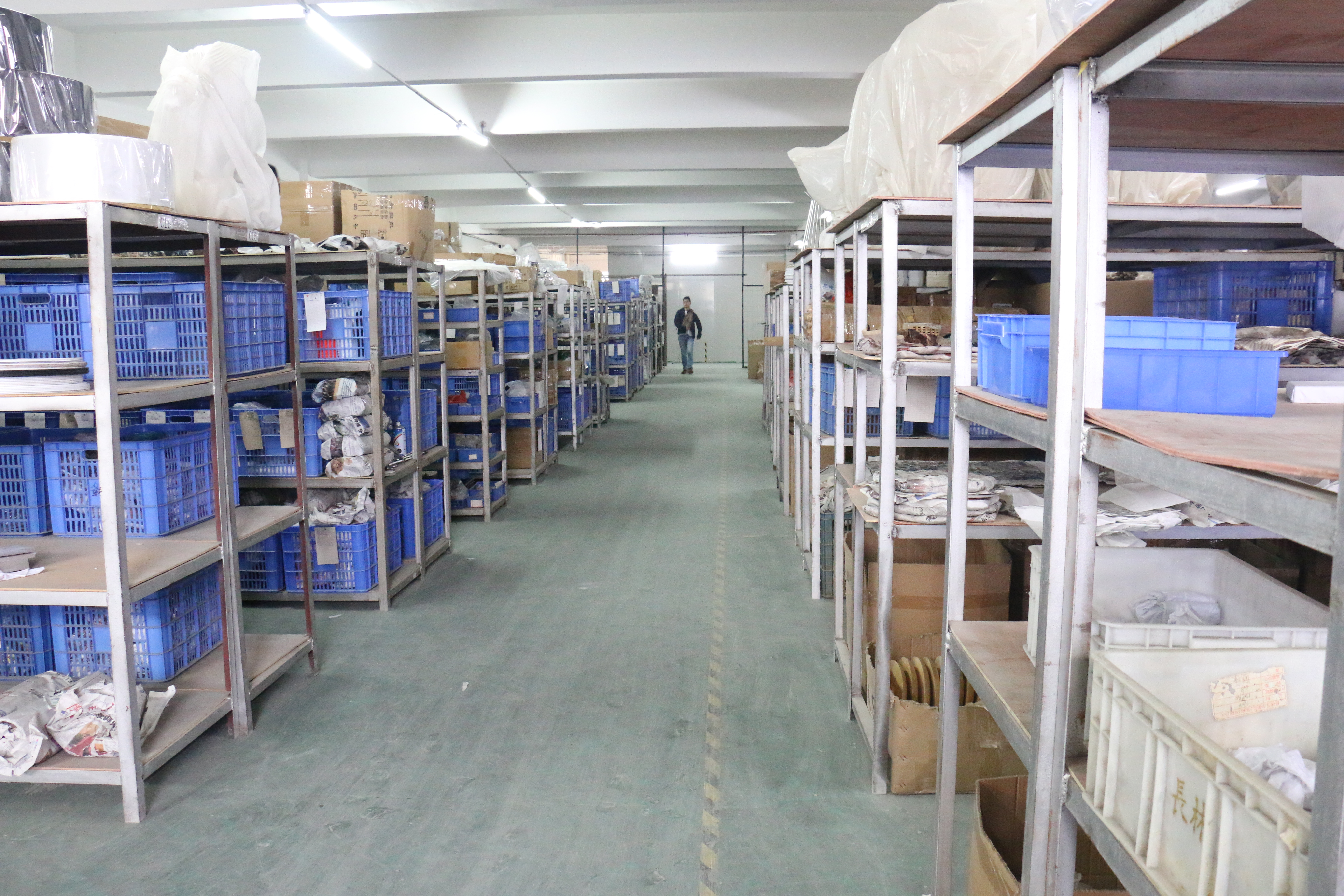
Post time: Apr-05-2023

